
COVID-19 Frightens Louisiana Families With Youth in Secure Care
|
Early Tuesday morning, Jennifer Jones, 47, picked up the phone and heard the voice of her...
Juvenile Justice Information Exchange (https://jjie.org/category/latest/page/31/)

Early Tuesday morning, Jennifer Jones, 47, picked up the phone and heard the voice of her...
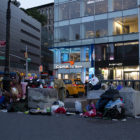
As a global pandemic looms over New York City, one group in particular might be getting left behind, homeless youth — a vulnerable subset of the general homeless population made up of runaway youth, LGBTQ teens and other young people experiencing homelessness.
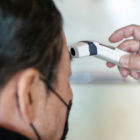
As cases of COVID-19 spike across the country, advocates and lawyers for detained juveniles are pushing for changes in the facilities that hold an estimated 43,000 juveniles in custody across the nation.
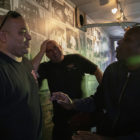
On a Friday night in Bloomfield, N.J., middle school children hang out at Foley Field to watch the high school football team play.
Officer Marvid Camacho provides security at the game. As the resource officer at Bloomfield Middle School, he knows all the kids in town.
Camacho is a new breed of cop. His role, as he sees it, is to prevent crimes, not just respond to them afterward. He tries to build a connection with kids and give them life lessons that will keep them out of the criminal justice system.

With one worried phone call from the mother of a 16-year-old boy, the modern movement that brought raise the age to North Carolina began, drawing legislators, activists, lawyers, parents and kids into a battle that lasted more than 13 years before the state passed its RTA bill in summer 2017.

Just three months after raise the age took effect on Dec. 1 in North Carolina, early numbers seem to reflect a gentle transition from prosecuting 16- and 17-year-olds in the adult system to prosecuting them in the juvenile system.
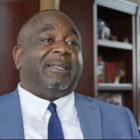
On Nov. 14, Gary Ervin attended a vigil for a young life cut tragically short by gun violence. Days earlier, a 15-year-old was killed in a shooting near a Burger King on the northwest side of Jacksonville.

A black and white picture of schoolchildren hangs on the wall of Paul Tutwiler’s office. He’s not related to any of the children who attended a segregated school for black people in the early 20th century, nor does he know their descendants. Yet those young faces strike a chord in him.
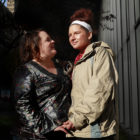
For about three months, Karen Kelly would drive around Enumclaw, Wash., after midnight looking for her 13-year-old daughter, Hollie. She carried Hollie’s photo with her, pulling over to show it to everyone she saw. Sometimes she got lucky. She learned that Hollie had talked a hotel manager into giving her a free room, or that she was camping out near the P.O. boxes in a post office, or that she’d settled into a tent in the bushes behind an industrial park. Hollie remained in Enumclaw, a town of less than 12,000 40 miles southeast of Seattle.

What can youth advocates in rural New England learn about reducing teen drug and alcohol use from a small island nation just below the Arctic Circle?